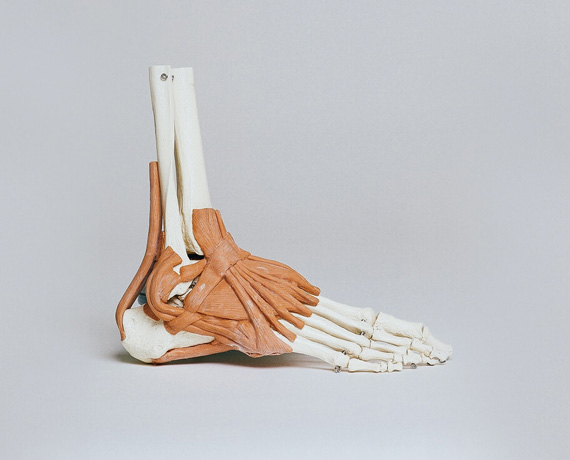
Sprains and Fractures
The foot and ankle contains a total of 26 bones. Any one of the bones can become fractured as a result of injury. Tendons are the connective tissue that connects bones to each other and holds them together. When these become strained or torn, often as a result of being hit or twisted, the result is a sprain. If a ligament is completely torn, sometime a pop is heard or felt.
The most common fracture we see at Camden Foot Clinic is a metatarsal fracture. Commonly this is a hairline fracture. This may or may not require a walking boot but certainly necessitates reduced activity.
Ankle sprains are a common occurrence. Children suffering repeated sprains generally have an underlying bio-mechanical problem. The usual problem is excessive movement in the Subtalar (talocancaneal joint). This joint is between the heel and the ankle and is the joint responsible for the so-called “weak ankles”. When this joint has too much movement the rearfoot is unstable. By reducing the movement here the sprains often stop occurring.
Diagnosis
Hairline fractures are generally diagnosed from the history of the injury and from the symptoms. These fractures generally do not show up on X-rays until we see the characteristic healing of the bone some weeks later.
Sprains are easily diagnosed from normal assessment.
Treatment
At Camden Foot Clinic we treat stress fractures and any foot related sprains. Any fracture that involves separation of the bone requires referral to your GP and an orthopaedic surgeon.
Without Treatment
Stress fractures may progress to a full fracture if activity is not reduced. Untreated ankle sprains eventually end up damaging all the surrounding soft tissue, ligaments etc.
Partners
All Major health funds accepted on site





